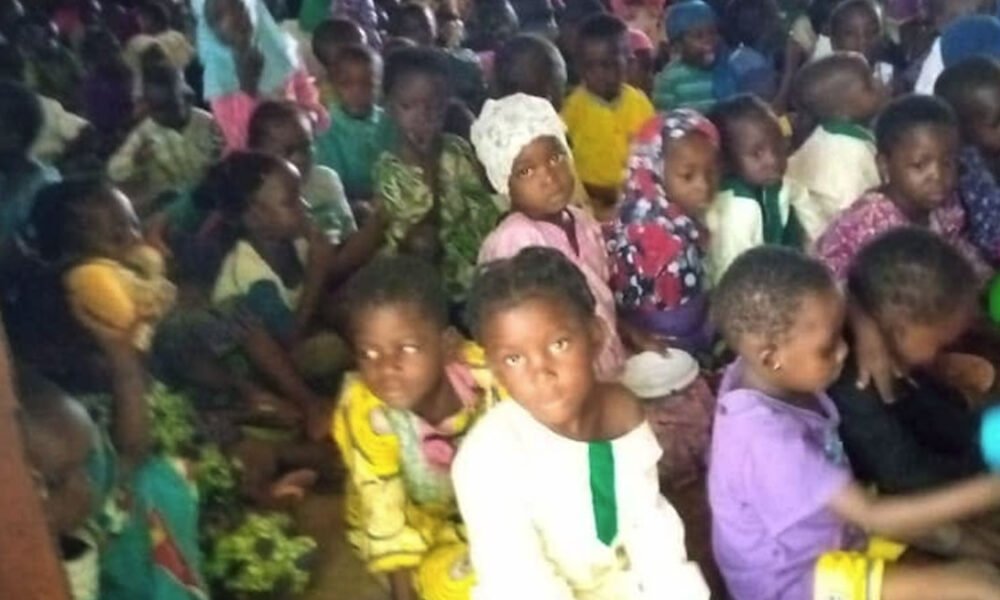Seven out of every 10 basic schools in the Mion District in the Northern Region lack proper classroom infrastructure and furniture, which affects the quality of education and increases the risk of school dropouts. Many pupils are forced to study under trees or in makeshift structures, while others sit on bare floors due to the absence of desks and chairs.
The Mion District Assembly has identified education as a key priority, stating that bridging the infrastructure gap is essential for improving learning outcomes, particularly in rural and underserved communities.
In addition to education, the Assembly is focusing on agriculture and healthcare. With changing rainfall patterns disrupting farming, plans are underway to support farmers with training in climate-smart practices and modern technologies. The district also intends to leverage national programmes such as Feed Ghana and livestock development to boost agricultural productivity.
Efforts are being made to promote dry-season farming through the use of irrigation. However, the Assembly faces challenges in constructing the necessary dams and water infrastructure to support this goal.
In the health sector, the lack of a district hospital remains a significant concern. The Mion District is awaiting the completion of its Agenda 111 hospital project to address the growing health needs of its population.
The district also struggles with sanitation. Open defecation persists in several communities due to the lack of household toilet facilities. Although sanitation bylaws exist, they have not yet been gazetted, which limits enforcement. Authorities are working to formalise these laws to ensure that all new buildings include water, sanitation and hygiene (WASH) facilities.
Access to potable water remains a pressing issue, especially during the dry season. Many residents rely on surface water sources that often dry up, forcing them to travel long distances in search of water.
Mion District, located in Ghana’s eastern corridor, shares boundaries with Yendi Municipal to the east, Tamale Metropolitan and Savelugu Municipal to the west, Gushegu and Karaga to the north, and Nanumba North and East Gonja to the south. It was carved out of the former Yendi Municipal Assembly in 2012 under Legislative Instrument 2064 to promote decentralised governance and accelerate development.
